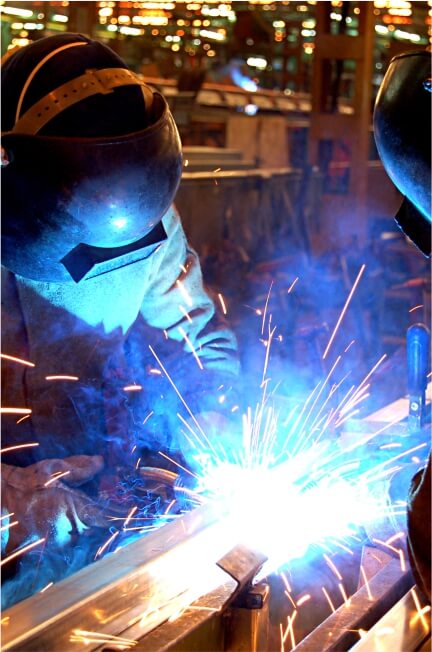Caio, a bus manufacturing company, leader in the production of urban bodyworks, has its headquarters in the city of São Paulo, industrial park in the city of Botucatu, SP, with a total area of 470,227 square meters, and 87,612 square meters of built area, and branch in the city of Barra Bonita, SP, with a total area of 72,000 square meters and 16,208 square meters of built area. It counts on nearly 3000 employees with direct jobs in the factories, participating in the growth of the industrial pole of the regions where they are installed, as well as to Brazilian growth. Its production capacity is up to 40 bodyworks a day in the Facility of Botucatu, and 10 bodyworks in the Facility of Barra Bonita.
Fields of operation: throughout national territory and in countries such as South Africa, Angola, Chile, Costa Rica, Ecuador, Nigeria, Peru, Dominican Republic, Tahiti, Trinidad & Tobago, among others. With worldwide coverage, Caio is present in more than 50 countries.
History
Over 79 years old, Caio, a bus manufacturer, has a lot of history to tell.
Founded in 1945, in the city of São Paulo, Caio (Companhia Americana Industrial de Ônibus) began its activities in January 1946 with the production of the brand`s first bodywork: the Jardineira. This was the beginning of the development of several other bodyworks and modern technologies.
In 1980, the company has changed its factory to Botucatu, SP, whereas it was officially inaugurated in 1982. In January 2001, a new Group, composed of companies for people transportation in the city of São Paulo, has assumed, through the company Induscar, the industrial park and the right to use and trade the products of Caio brand. In March 2009, Induscar became the owner of Caio brand and its industrial park, changing its name to Caio Induscar.
Under its new management, Caio has manufactured, from 2001 to 2023, nearly 180 thousand bodyworks, mostly aimed at the urban segment. As a bodywork builder, Caio Group was born, verticalizing its own supplier companies. It also sells spare parts and commercial vehicles.
Therefore, the dream comes true every day. With boldness, the mission has been accomplished and the challenges overcome.





